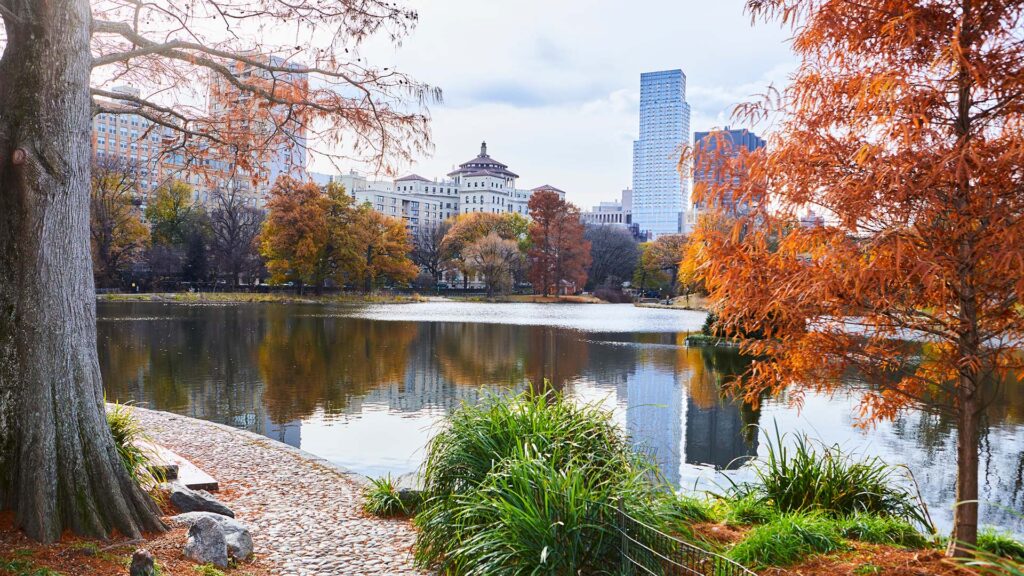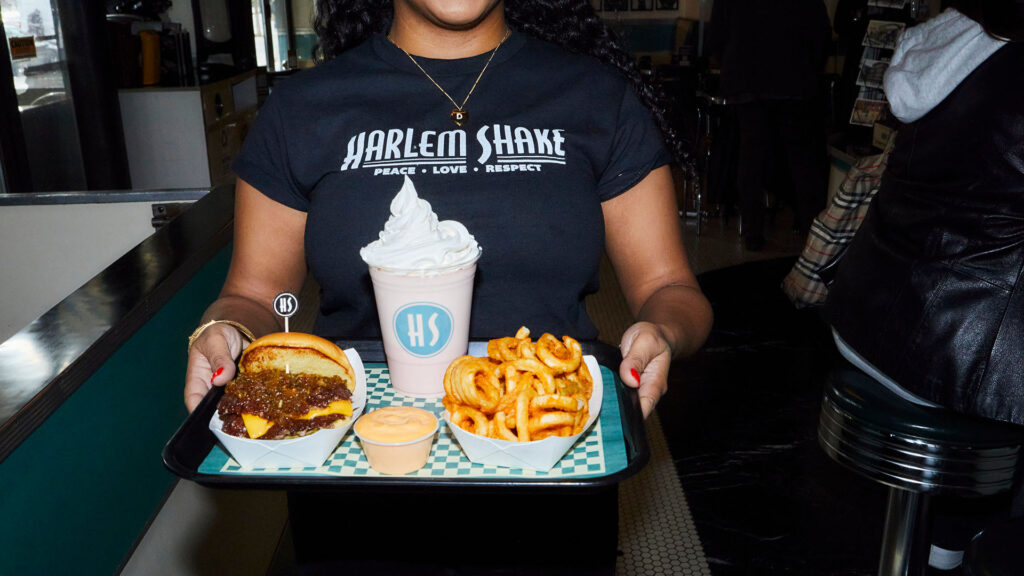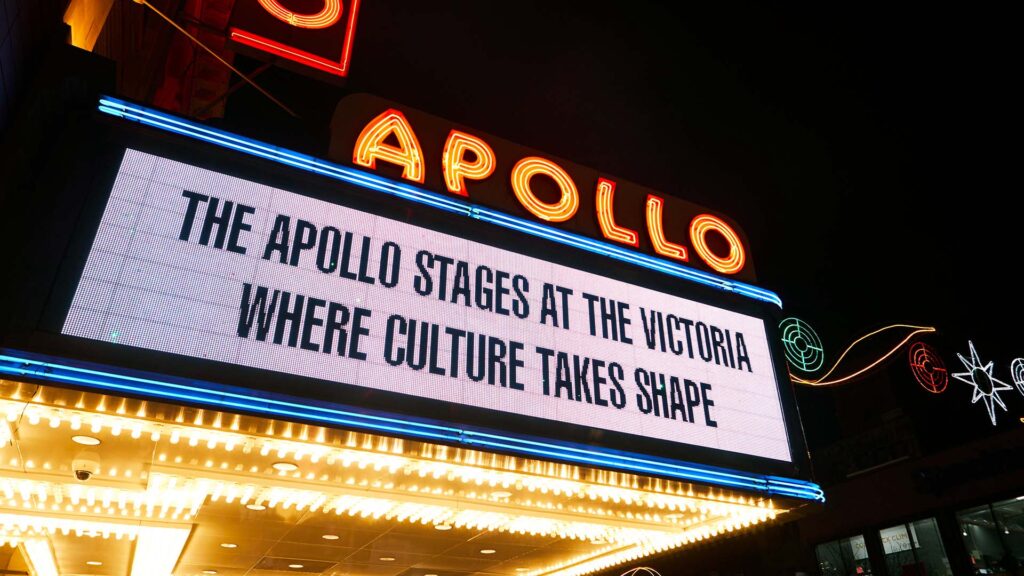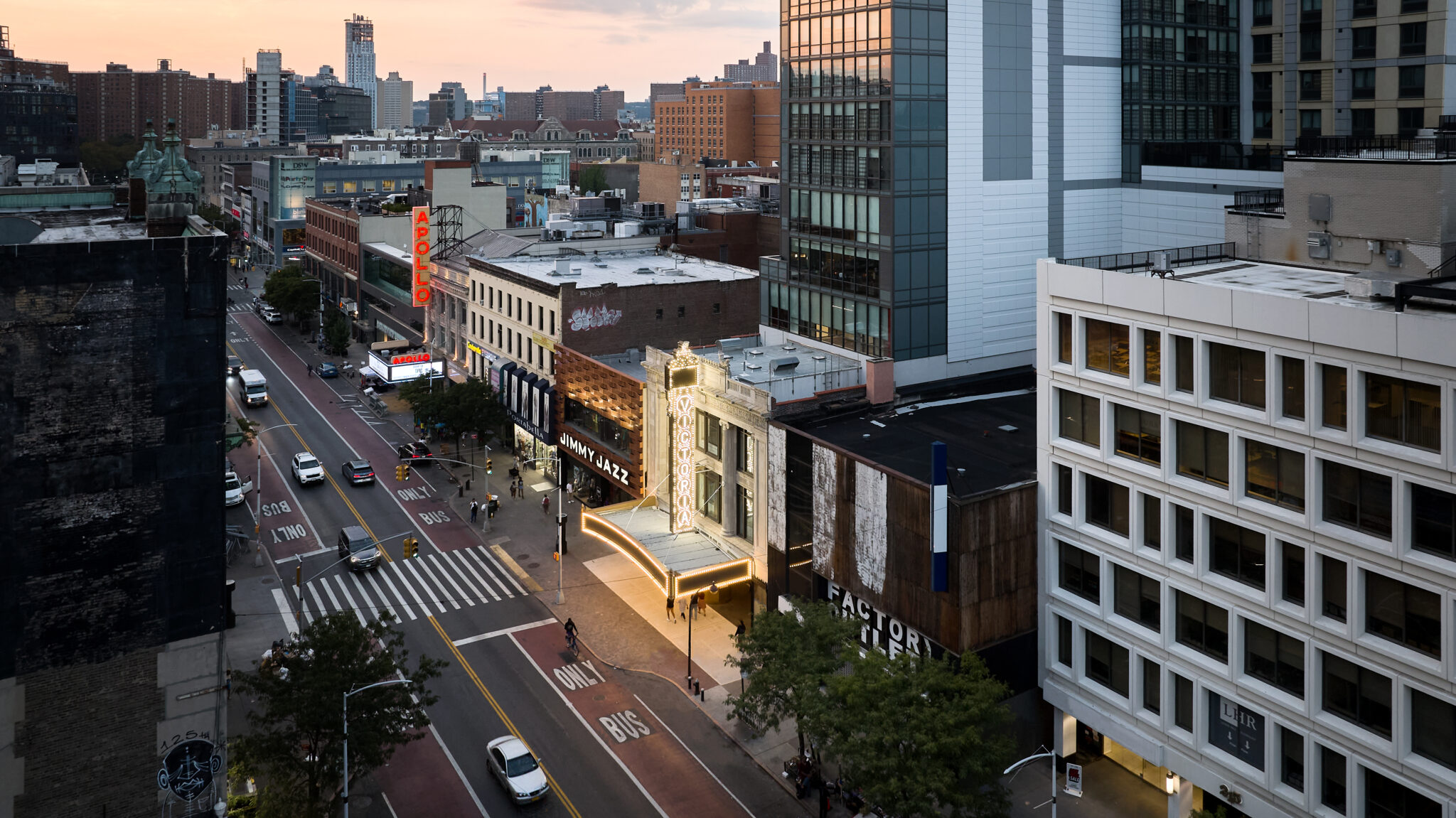Duke Ellington debuted a timeless love letter to Harlem when he released “Take the ‘A’ Train” in 1941. The song, still widely recognized today, offers more than just a reference to the quickest way to get to the heart of Harlem from Midtown (the A train subway line hops straight from 59th Street to 125th Street). The jazzy tune also conveys a sense of anticipation about what you’ll find when you arrive.
Beautifully maintained brownstones, music wafting from local shops, street vendors serving up shaved coconut ice in the summertime — a trip to Harlem crackles with the prideful energy of longtime residents who adore their neighborhood.
And they have every reason to. This New York City neighborhood was the nexus of the Harlem Renaissance of the 1920s and 1930s, a cultural explosion of Black artists, writers, musicians and intellectuals who redefined Black identity through their work. And it remains a beacon of Black expression today.
Harlem continues to draw the most innovative African American trailblazers in art, music, culinary arts, fashion and hospitality. Though it’s seen a lot of change in the decades since the Harlem Renaissance, the neighborhood is working to preserve its distinct Black heritage and looking toward a vibrant Black future.
To get the best sense of Harlem, you have to mix the past with the present during your trip. Historic sites will help you understand all that Harlem was, and today’s delicious restaurants, thought-provoking museums, and exciting bars and venues show you what Harlem is and will continue to be. Here’s where to go for a taste of Harlem.
As always, check for travel guidelines and closures before planning your trip.
Learn About Harlem’s History
One of the best places to get a robust overview of Harlem is the Schomburg Center for Research in Black Culture on 135th street. As one of the New York Public Library’s research libraries, the space is home to a collection of more than 3,000 artifacts and documentation of the histories of people across the African diaspora amassed by Afro–Puerto Rican historian Arturo Schomburg beginning in the early 1900s. Today, the center houses more than 11 million items, hosts events celebrating leaders of the Harlem Renaissance and is home to one of the coolest library gift shops in the city.
From there, walk a few blocks north to see the beautiful rowhomes on W. 138th street, known as Strivers’ Row (or more officially, St. Nicholas Historic District). The four rows of townhomes became home to Harlem’s Black elite, including doctors, politicians and artists, from 1910 to the 1930s. Congressman Adam Clayton Powell Jr. and performer Bill “Bojangles” Robinson both had homes on Strivers’ Row.
Get Outside, Explore the Arts and Shop

Harlem’s green spaces tend to get overlooked, and many people forget that Central Park extends up to 110th street, right where Harlem begins. Tucked into the northeast corner of Central Park is Harlem Meer, the second-largest human-made body of water inside the park and, because it tends to be on the less-crowded side, one of the most relaxing spots in the city.
If the weather calls for staying indoors, learn more about Harlem’s musical side at the National Jazz Museum. You can listen to the Savory Collection, a treasure-trove of live radio broadcasts and performances recorded between 1935 and 1941; enjoy never-before-heard concert recordings; and catch live jazz and yoga classes.
Harlem’s east side, historically known as Spanish Harlem, is a predominately Latino neighborhood, and at El Museo del Barrio you can explore the permanent collection of contemporary and modern art from Latin America and the Caribbean and Afro-Indigenous artifacts.
If you’re looking to shop, you’ll find many stores and vendors along 125th street to peruse. But one gem in the neighborhood is bespoke-clothing boutique Harlem Haberdashery, where you can pick up a custom fit. Located on Malcolm X Boulevard, the family-owned business specializes in upscale men’s and women’s fashions inspired by the glamorous styles of the Harlem Renaissance.
Savor an Incredible Meal
Harlem has no shortage of fantastic places to eat. In fact, it can be overwhelming to choose. For classic Southern soul food served in the most welcoming dining room, head to Melba’s on 114th street. On the menu you’ll find comfort food, including cornmeal-dusted deviled eggs, jumbo lump crabcakes and Jamaican oxtails. But the star here is Melba’s signature chicken and eggnog waffle, a winning dish on “Throwdown with Bobby Flay.”
On 125th street, The Victoria (located in the Renaissance New York Harlem Hotel) serves some New Orleans and Cajun favorites, including gumbo, shrimp and grits, and jambalaya, in an exquisitely designed, extra-luxe space.

For burgers, head to Harlem Shake for the spicy and sweet Hot Mess burger: two beef patties topped with pickled cherry peppers and bacon relish, cheese and smoky chipotle mayo.
Is it now time for something sweet? The fun ice-cream flavors with a hyperlocal focus at Sugar Hill Creamery are a can’t-miss. Try the A$AP Rocky Road (named after the Harlem-born rapper) made with milk chocolate, toasted hazelnut, marshmallow, Oreo cookies and graham crackers.
Immerse Yourself in the Music and Nightlife

When it comes to music and performances in Harlem, all roads lead to the Apollo Theater. Since opening in 1913, the Apollo Theater has been at the forefront of jazz, gospel, swing, R&B and blues music.
The Amateur Night performances that began in 1934 helped launch the careers of some of the most well-known singing superstars. Ella Fitzgerald, Billie Holiday and James Brown graced the Apollo stage, as well as more contemporary artists like Lauryn Hill, Drake and Jay Z. You can still catch Amateur Night or score tickets to other concerts and performances in the Apollo’s lineup.
After your show, stop for a beer at Harlem Hops, the pioneering Black-owned craft beer bar in Harlem. On the menu is a selection of local craft beers sourced from small batch, family-owned breweries as well as prominent regional brewers.
If dancing is more your style, head to Harlem Nights bar and lounge for weekend DJ nights and live music.




